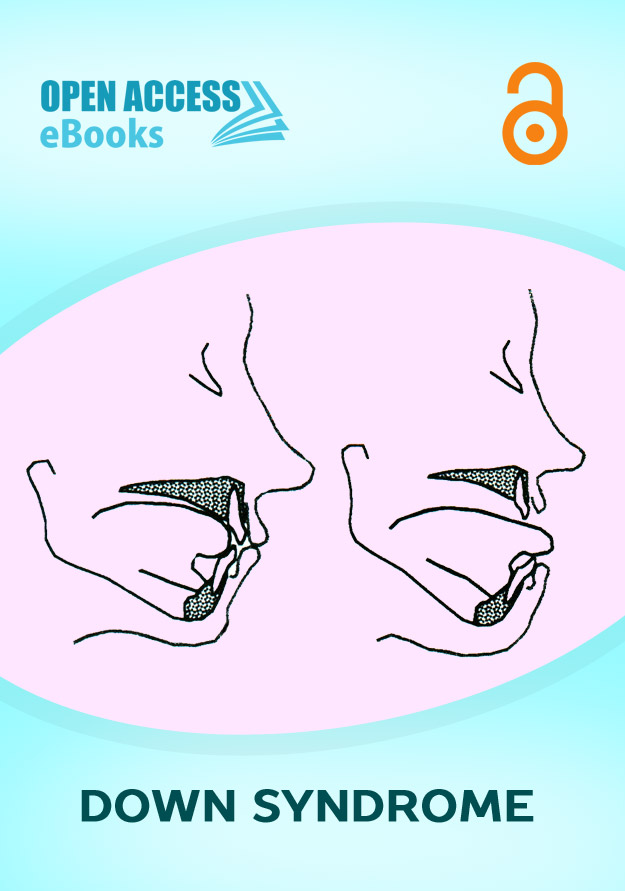List of Chapters
Hematologic Manifestations in Human Immunodeficiency
Author(s) : Tahani Ali Bin Ali
Immunodeficiency disorders are usually associated with infections, autoimmune cytopenias, lymphoma and other malignancies. Primary immunodeficiencies (PIDs) are genetically determined and can be hereditary; secondary immunodeficiencies, on the other hand, are acquired and are usually related to environmental factors, diseases and medications.The three forms of PIDs in which hematologic disorders and autoimmune cytopenias are particularly common are: autoimmune lymphoproliferative syndrome (ALPS), common variable immune deficiency (CVID), and selected forms of combined immunodeficiencies characterized by "leaky" defects in T cell development. In addition, hematologic malignancies have also been reported in immunodeficiency patients, with the higher incidence being reported in PID patients.
Awareness and Current Knowledge of Down Syndrome
Author(s) : Zubair Ahmad; Muhammad Akram*; Muhammad Daniyal; Aatiqa Ali; Rida Zainab
Down’s syndrome is an inherited disorder which has higher rate with increasing age. This is high identifiable disease which affects physical and mental health. Babies are unable to walk, talk, think or maintaining body posture. 1 baby out of 700 children is affected by Down’s syndrome. It is a chromosomal disorder. Each human cell contains 23 pairs of chromosomes with equal ratio of transfer from parents to babies. There is an extra chromosome inherit from parents in Down’s syndrome in the form of 47 chromosomes. This extra chromosome may be completely or partially present at 21st chromosome known as trisomy 21...
Noninvasive Prenatal Genetic Tests and Down Syndrome
Author(s) : Fermín J. González-Melado*; Maria Luisa Di Pietro
The use of techniques of analysis of fetal nucleic acid present in maternal peripheral blood for noninvasive prenatal genetic tests (NIPGT) is a reality in clinical practice in the case of certain diseases. In the coming years, it will become part of routine prenatal screening and diagnostic techniques for fetal diagnosis. A bioethical reflection on the possible difficulties and problems of the use of these techniques is necessary...
Down Syndrome: A long Term, Quality, Physical Intervention
Author(s) : Meir Lotan*
About 1 in 800-1,000 of live born children, irrespective of gender, ethnic or racial group are diagnosed with trisomy 21 [1], clinically expressed as Down syndrome (DS) [2]. The additional chromosome results in an array of medical issues presenting higher prevalence of the ones presented by the general population [3]. For example: about 40% of individuals with DS will be diagnosed with cardiac abnormalities ranging from the simple arterial duct to the atrioventricular septal defect [4], with a high risk of secondary pulmonary hypertension [5], hypothyroidism [6] as well as obesity [7]...
The use of the Snoezelen Approach. Theoretical Reasoning with two case Studies
Author(s) : Meir Lotan*
Snoezelen, or the multi-sensory environment (MSE) is a sensorial method that was initiated at the end of the 70's and was originally predestined for individuals with severe intellectual and developmental disabilities (IDD). It is based on the concept of an individually adapted environment along with an enabling therapist. A specific methodology termed Therapeutic Snoezelen Intervention (TSI) clinically employed and evaluated for over 10 years, allows measuring of the intervention results...
Down’s Syndrome with a Particular Focus on Screening Test- circulatory DNA
Author(s) : Josko Osredkar*, Teja Fabjan and Alexandra Janowiak
In 1988 Wald and colleagues reported on a method of screening Down syndrome using the three biochemical markers (AFP, hCG and uE 3) together with maternal age as parameters in a single test, known as the ‘triple test’. With the triple test 60% of all Down syndrome cases could be prenatally detected at a 5% false positive rate (FPR). Later on, hCG was replaced with the free beta subunit of hCG (fβ-hCG), and inhibin-A was added to get the ‘quadruple test’...
